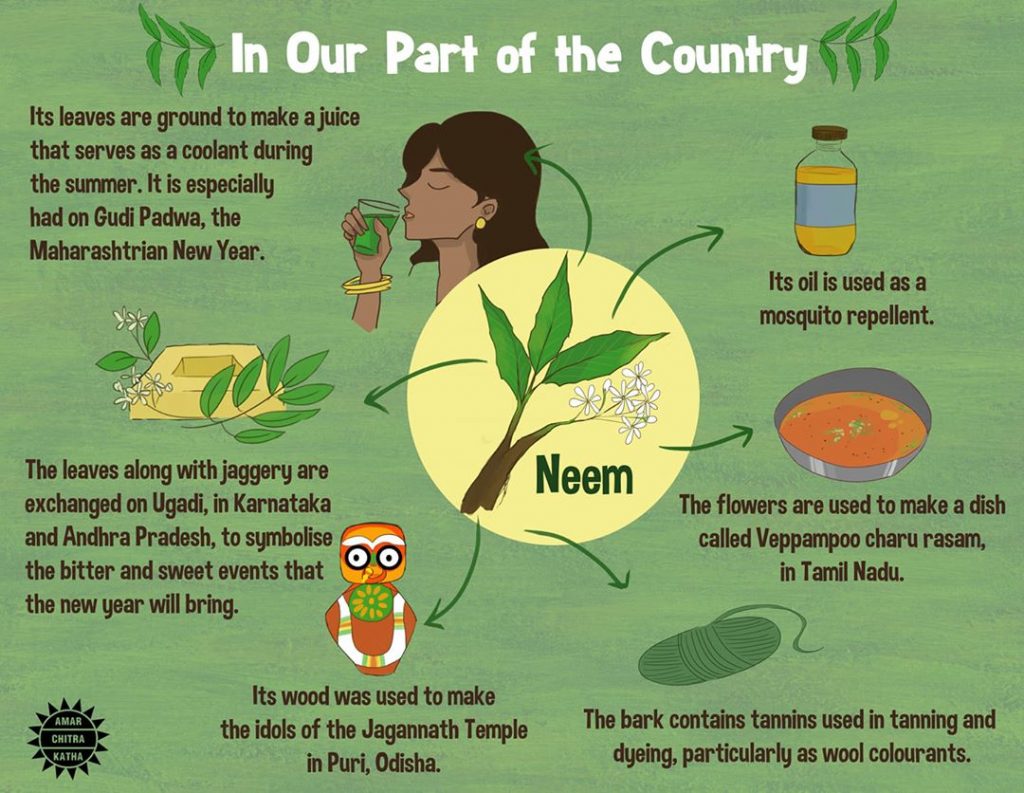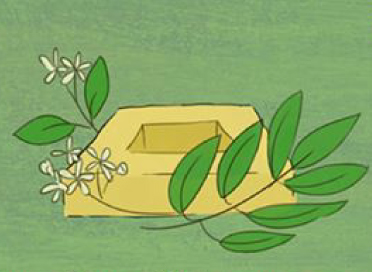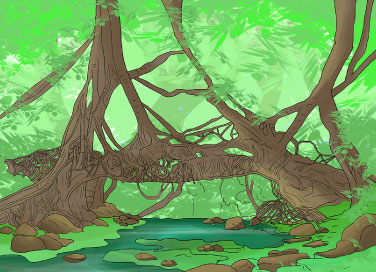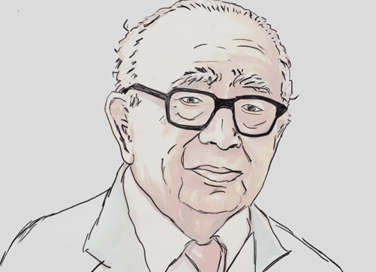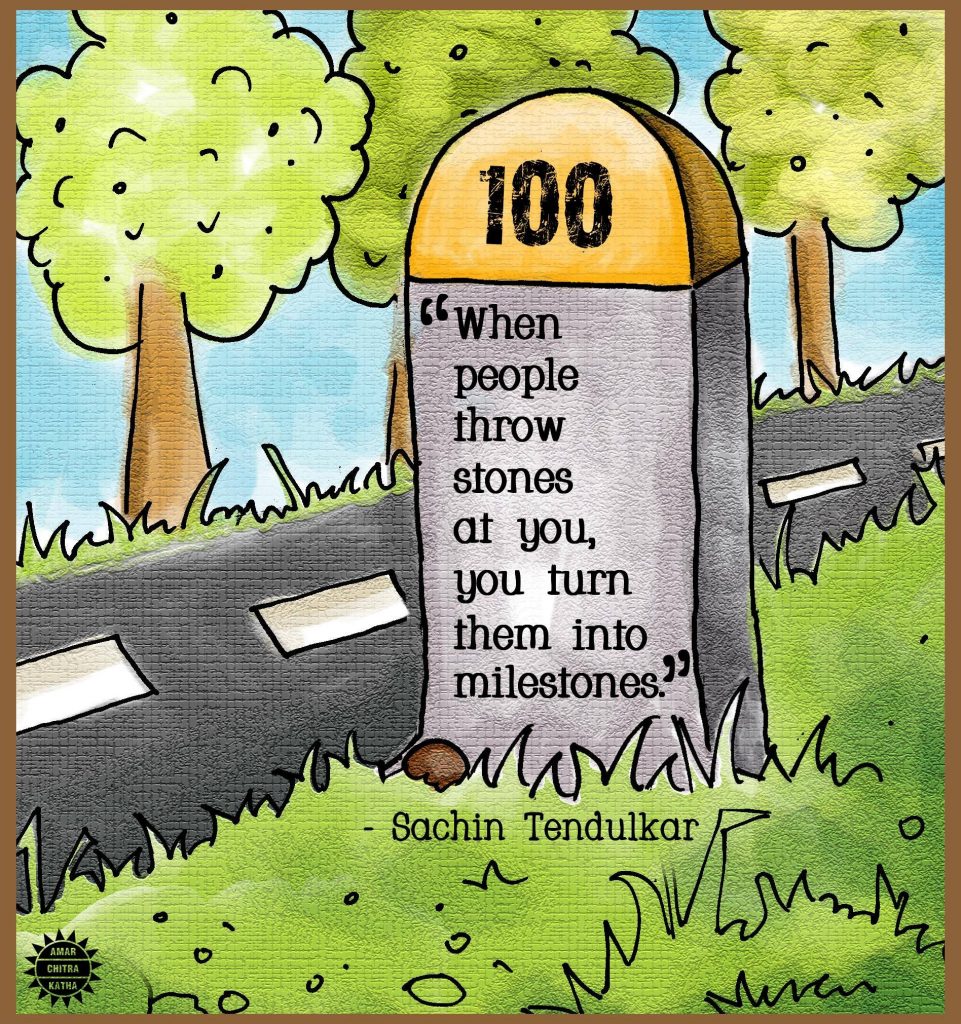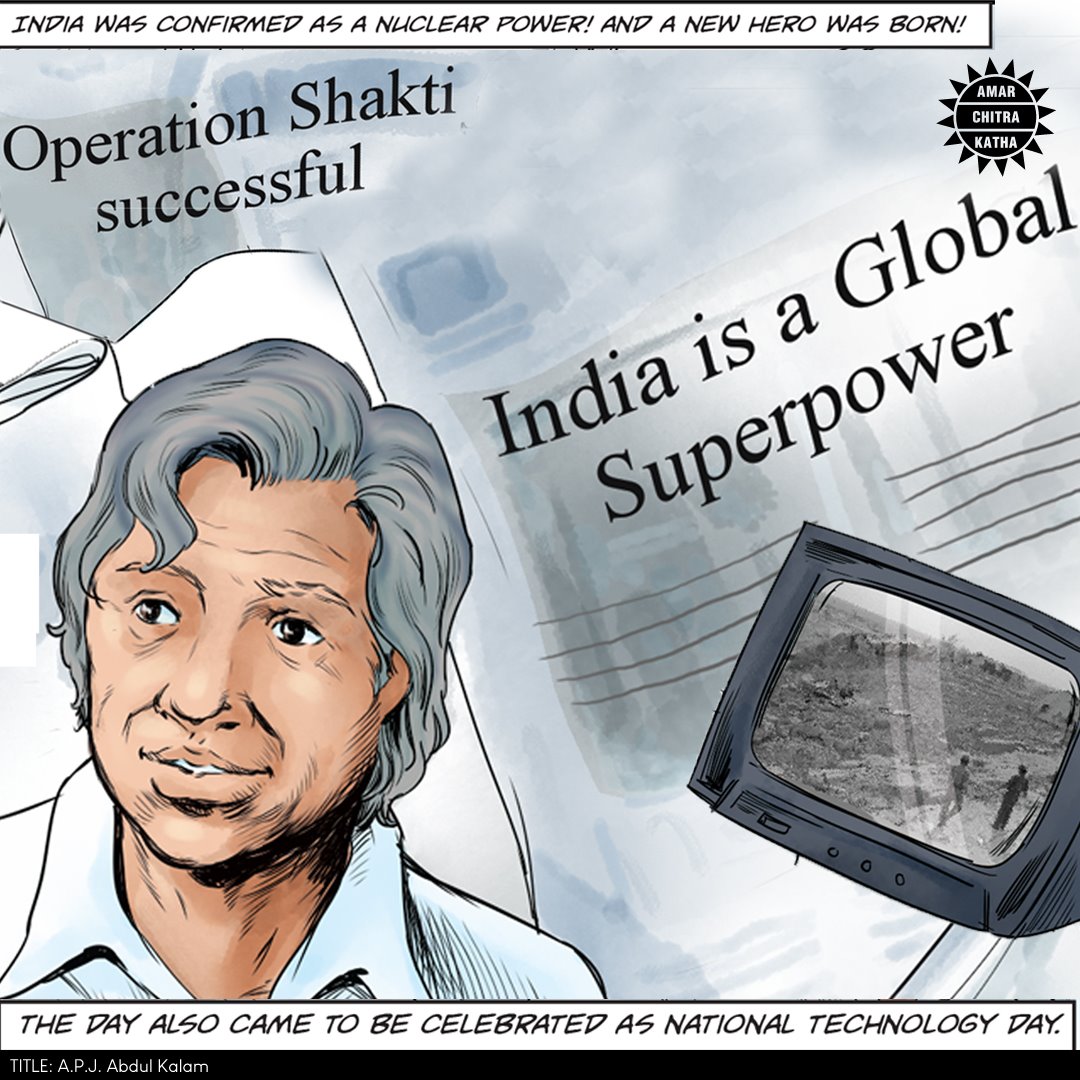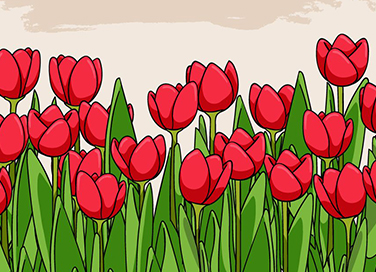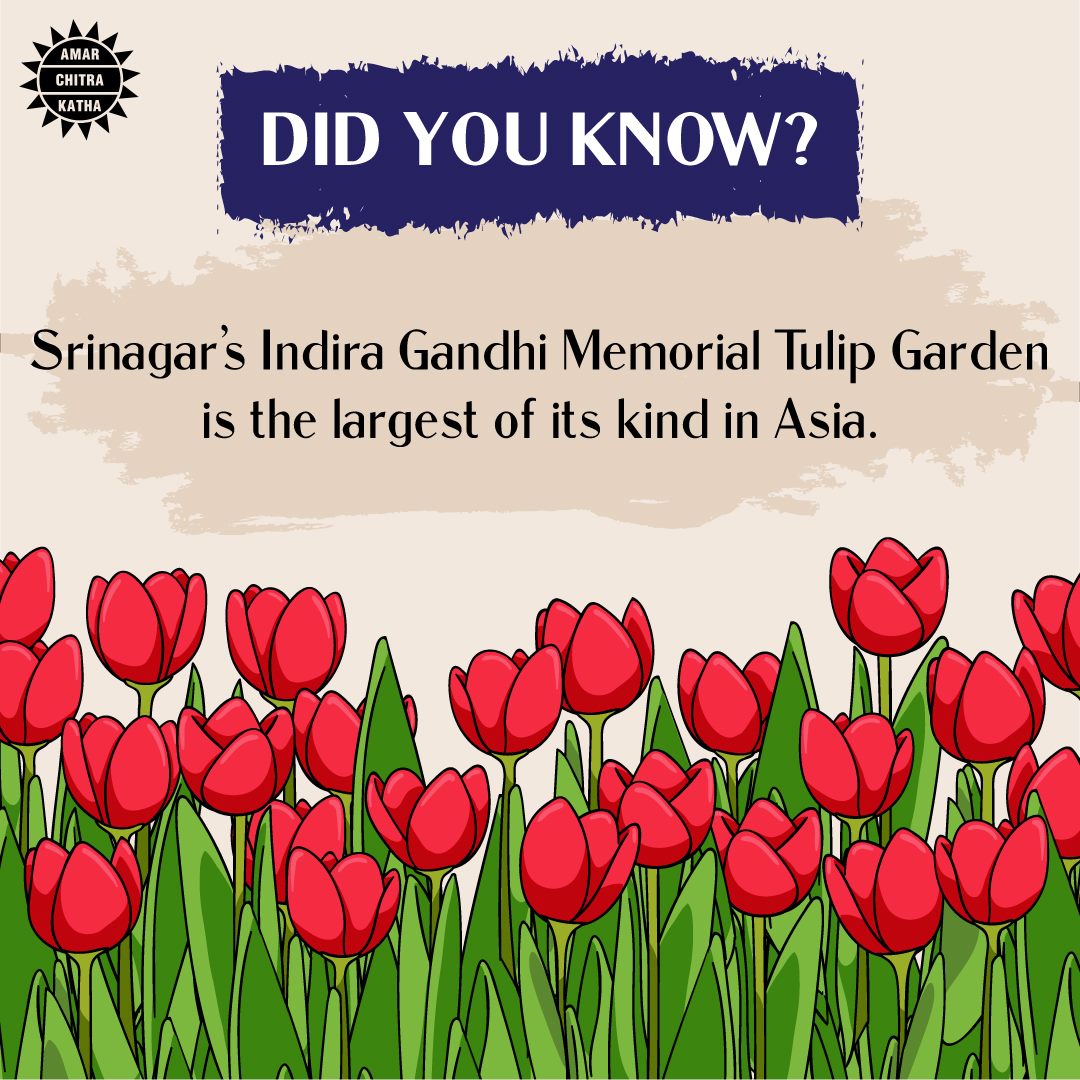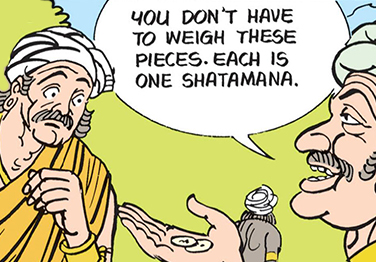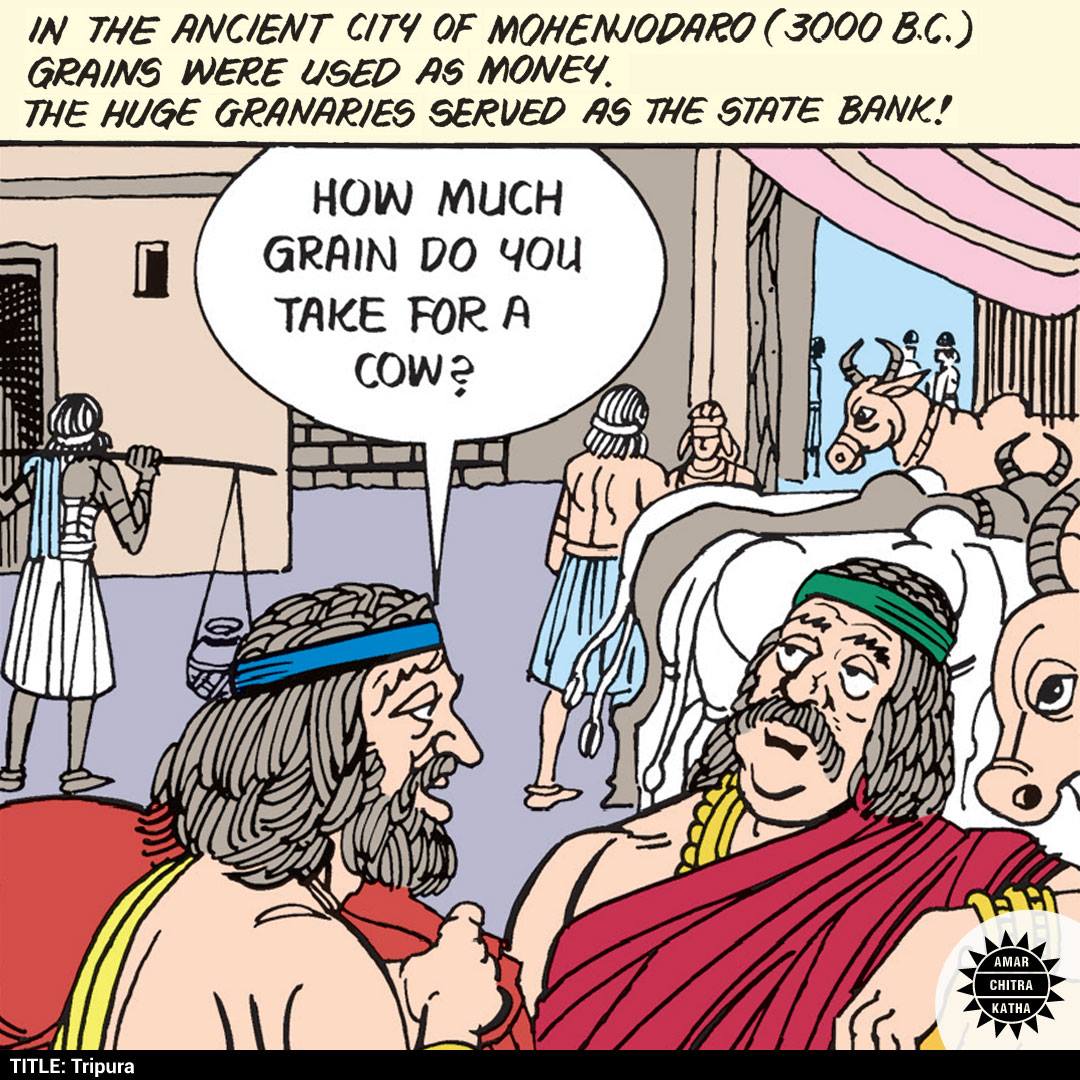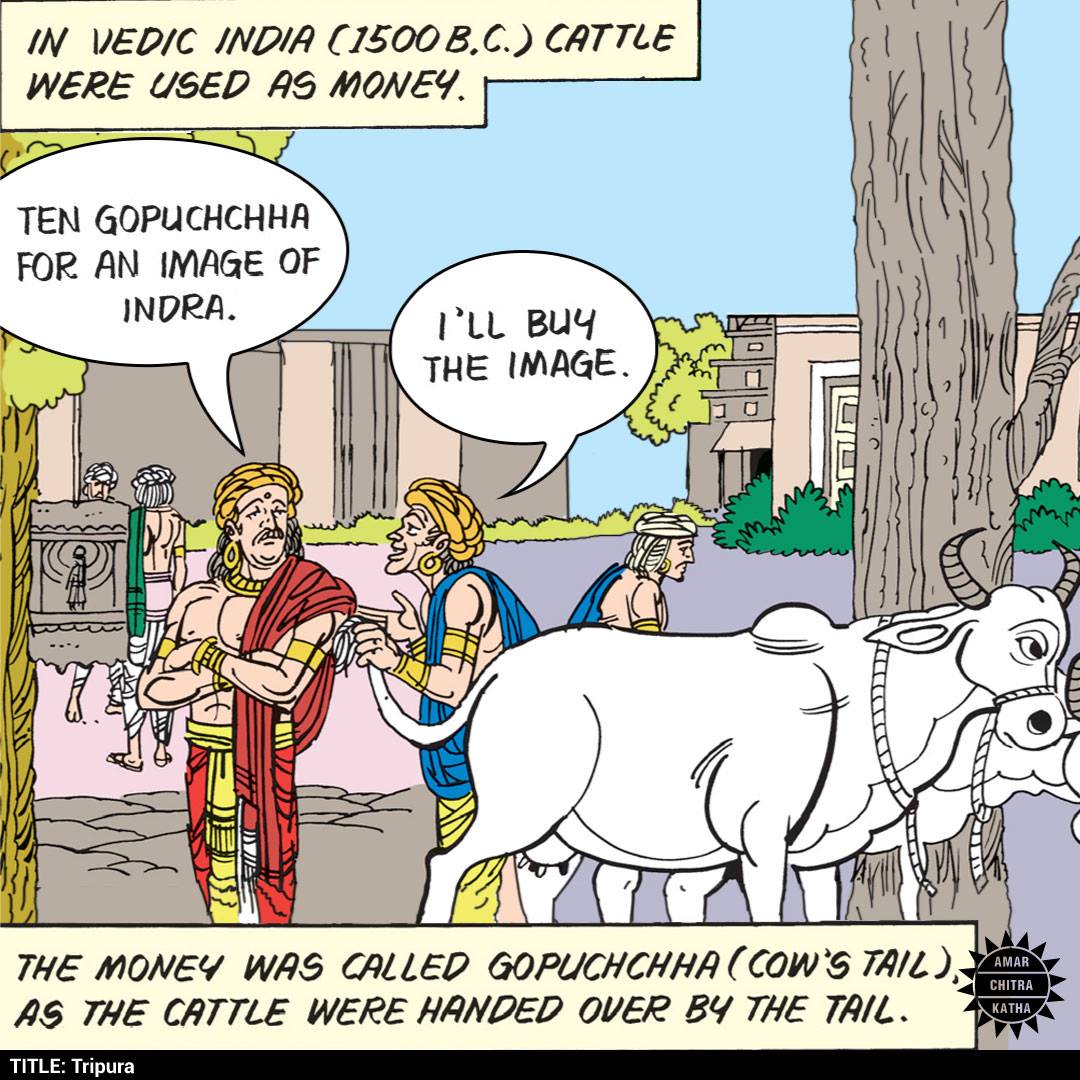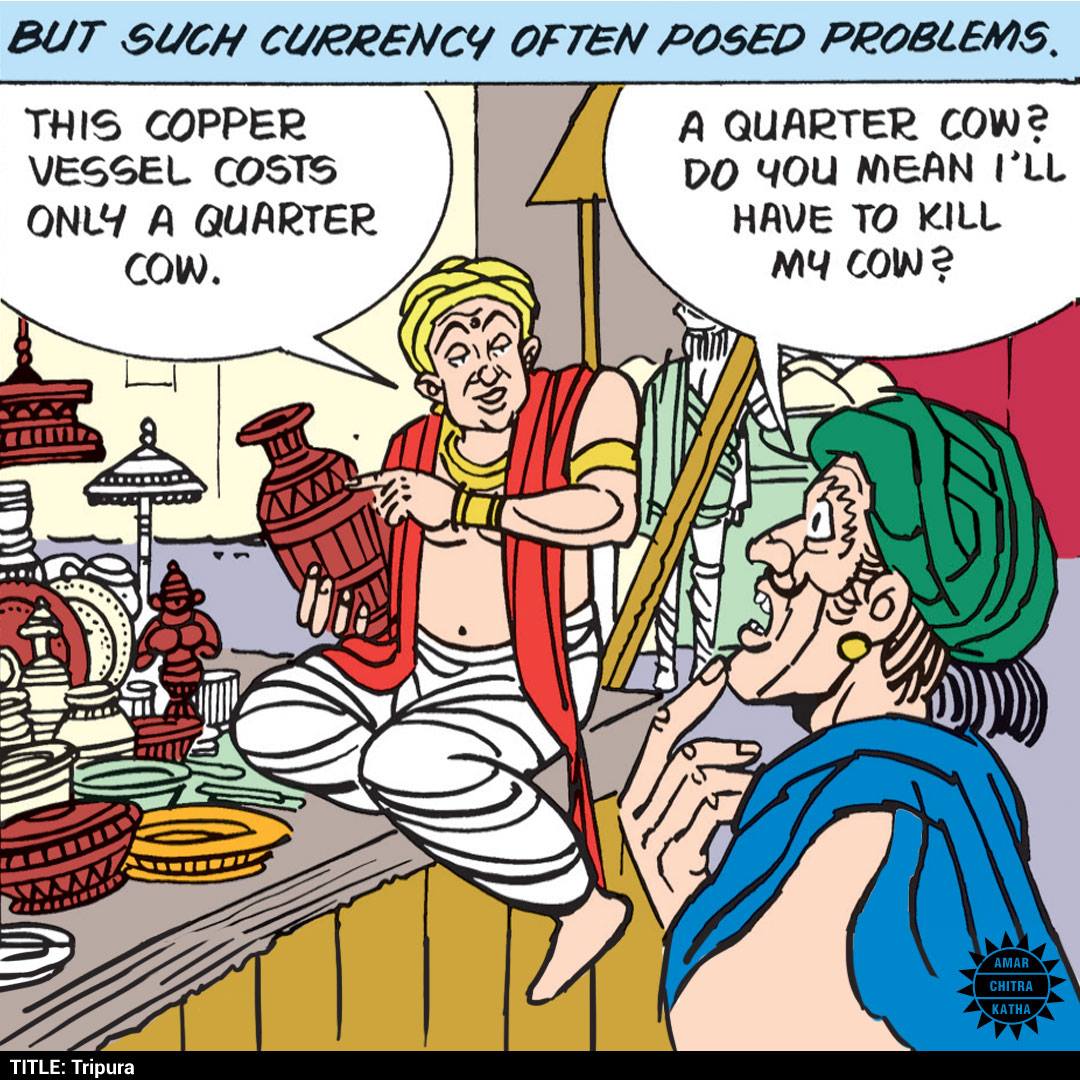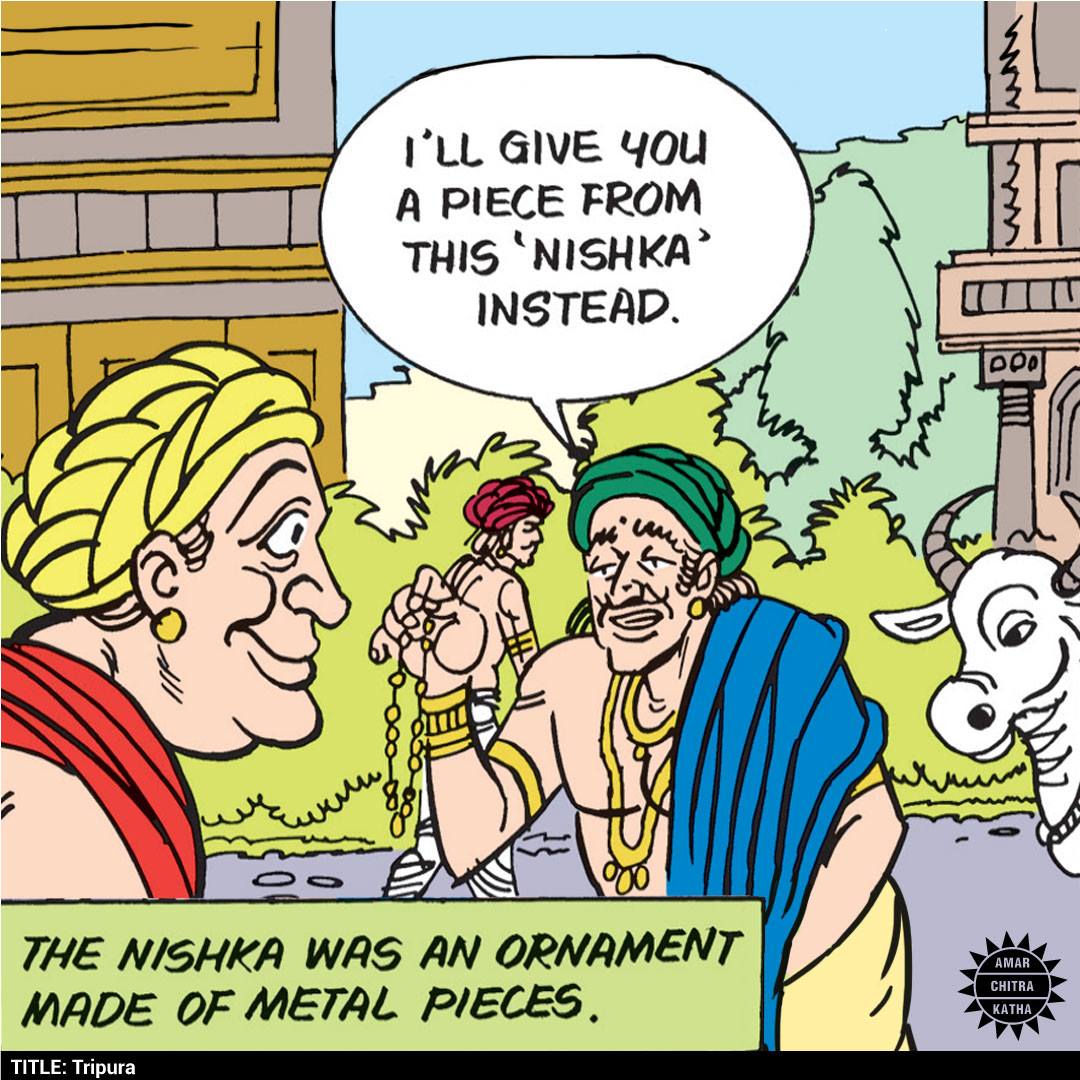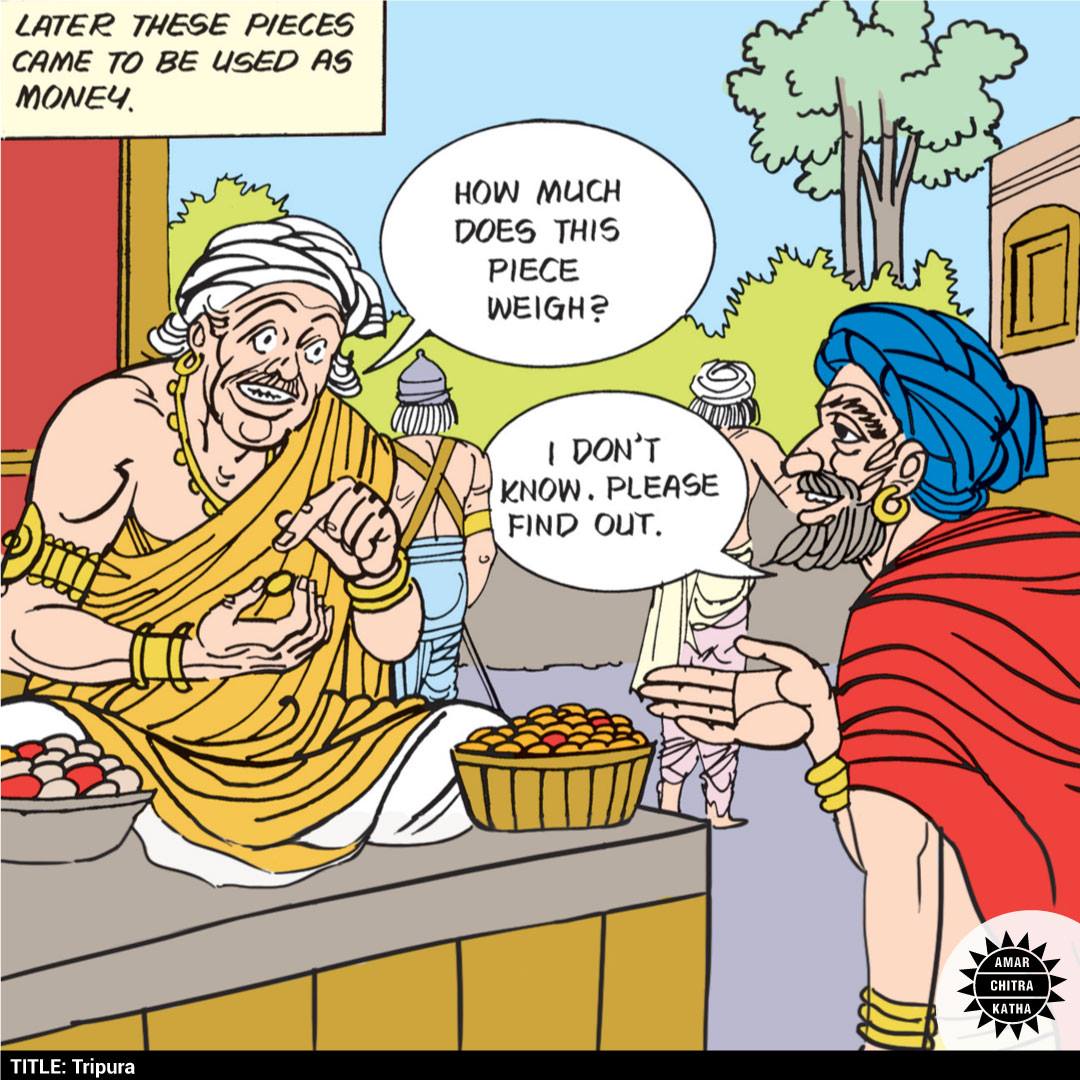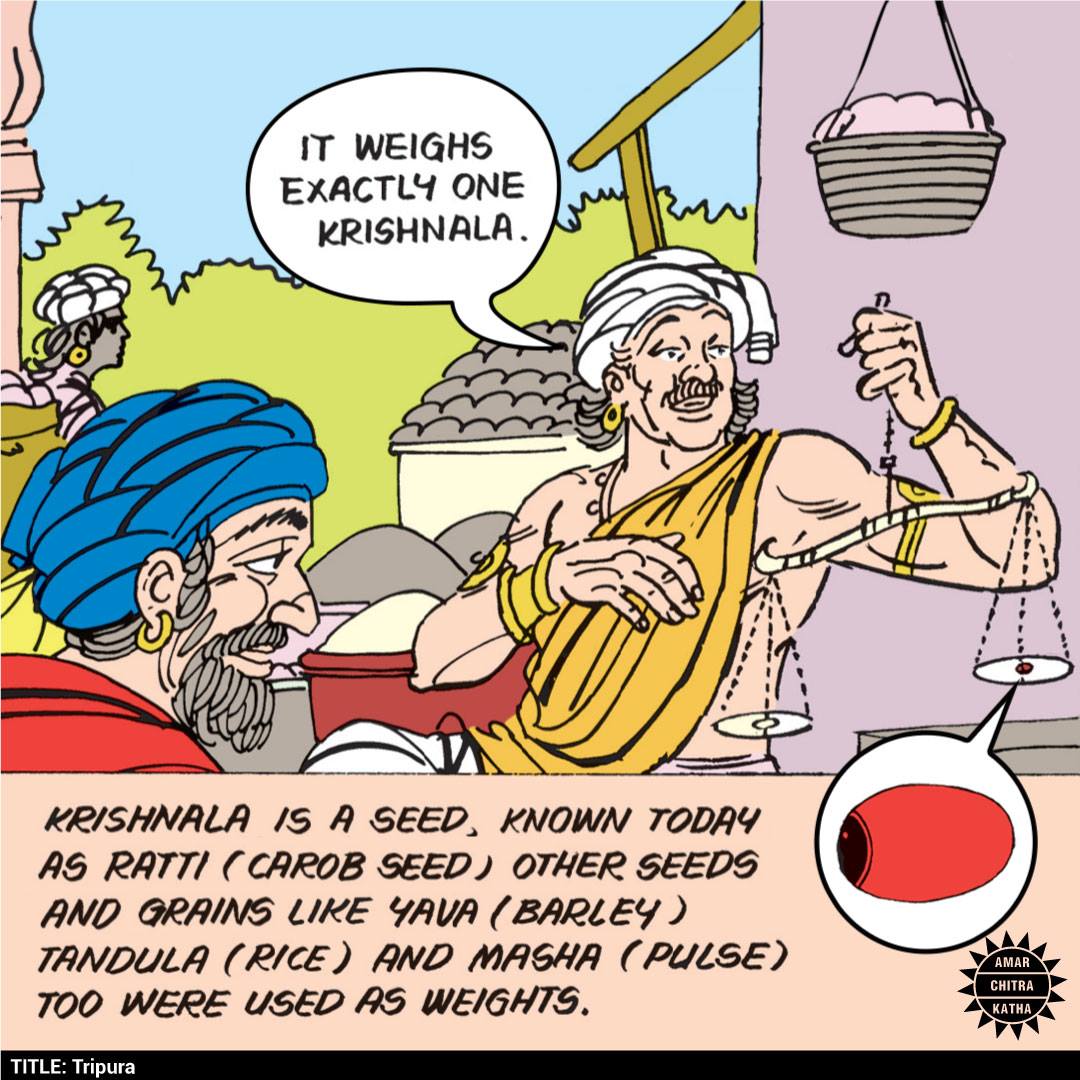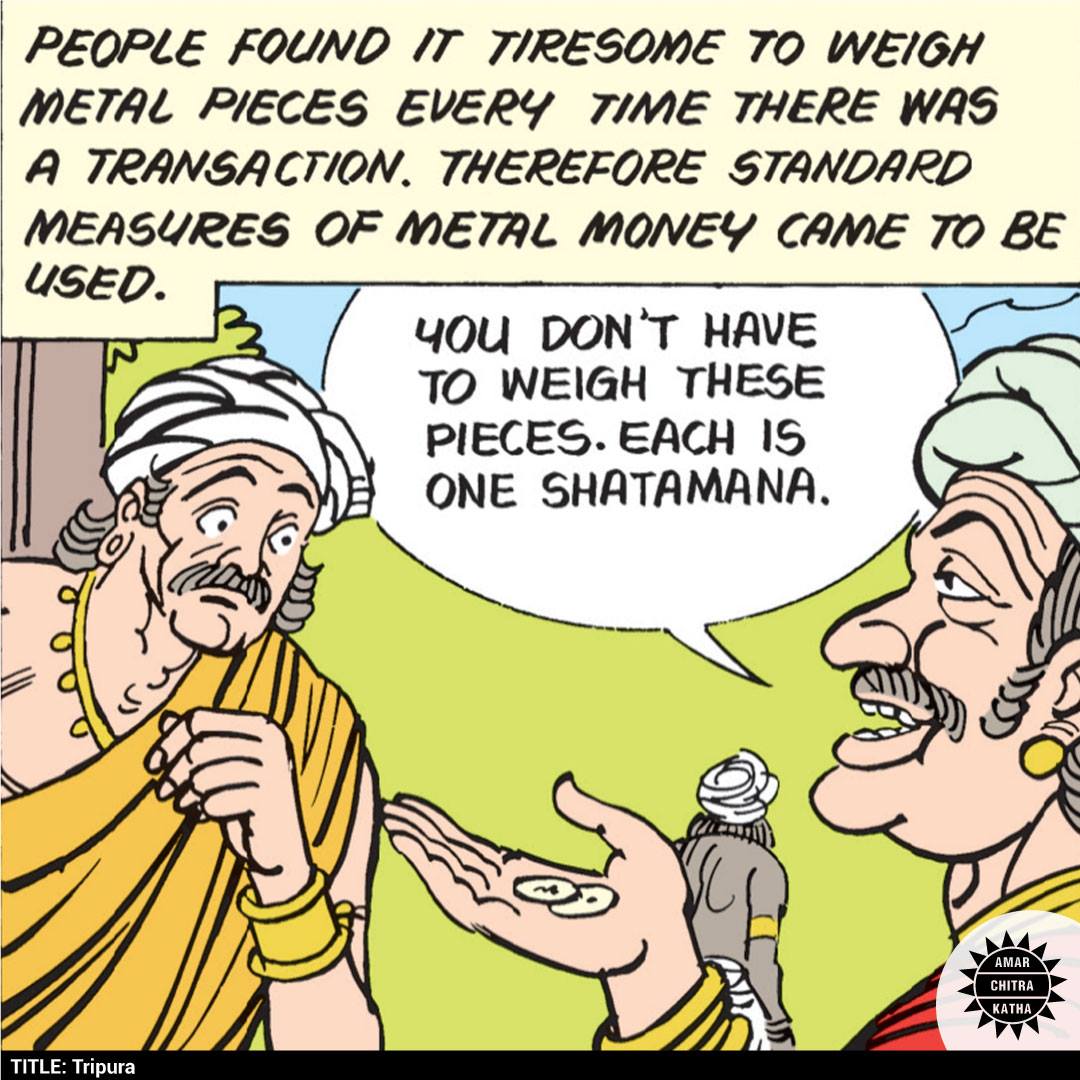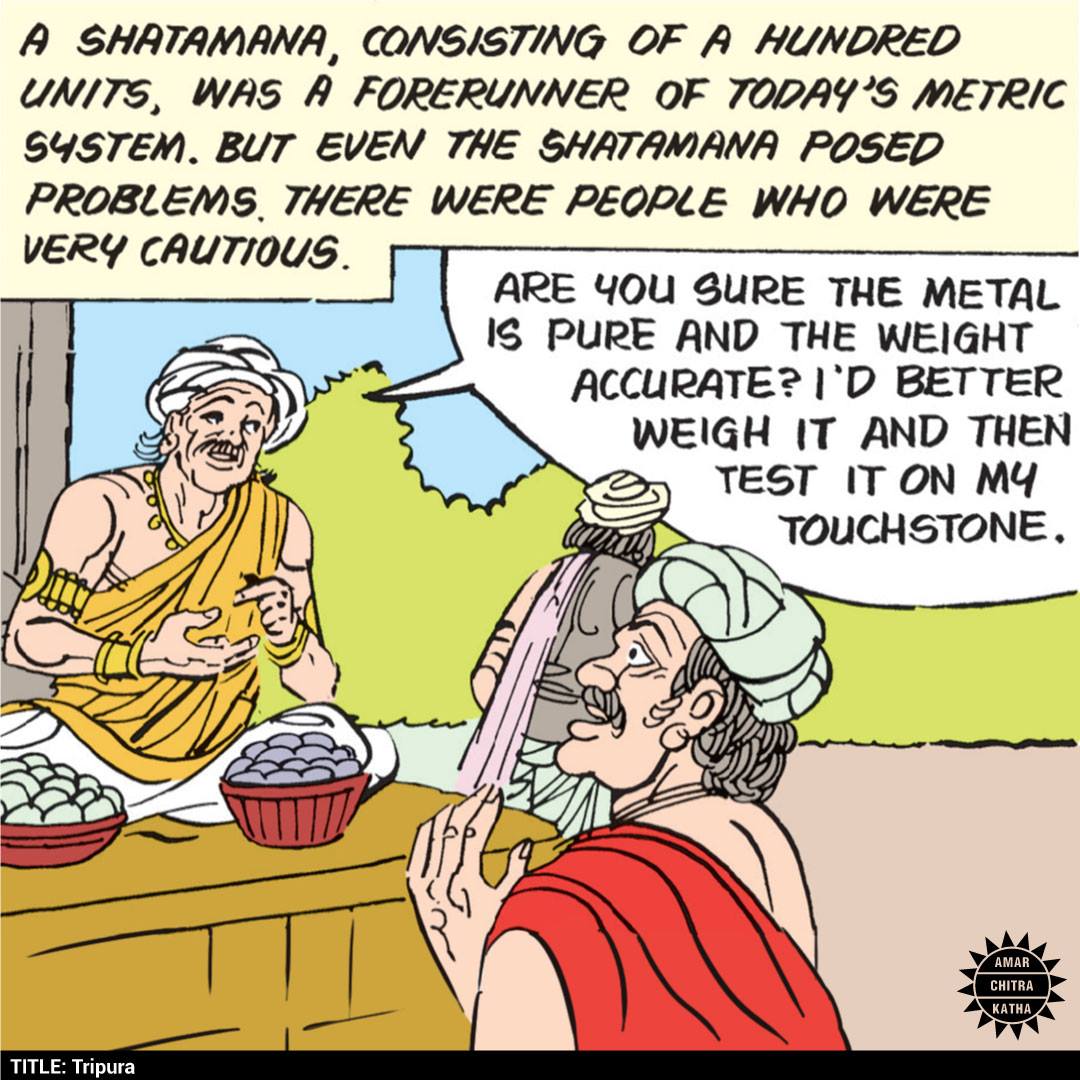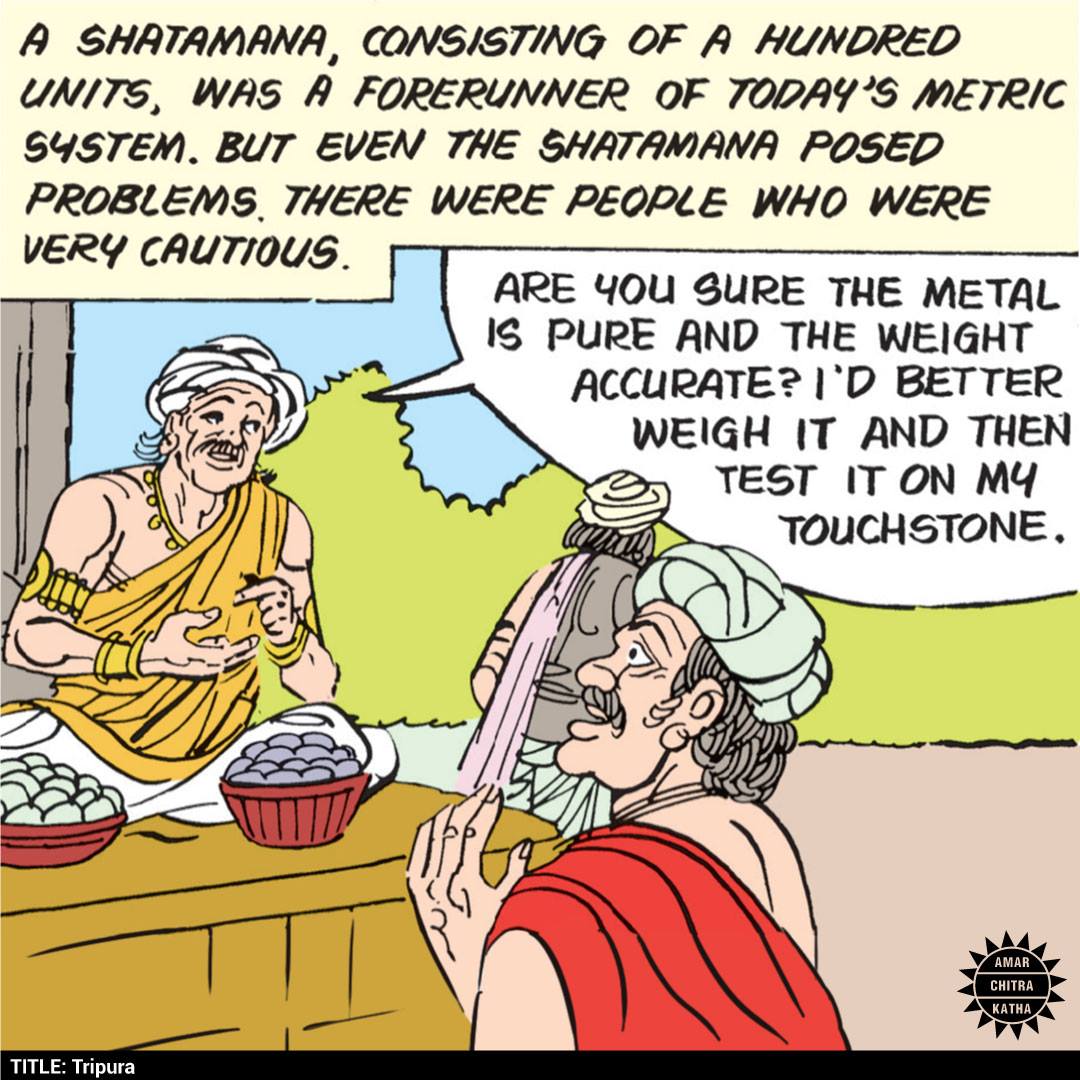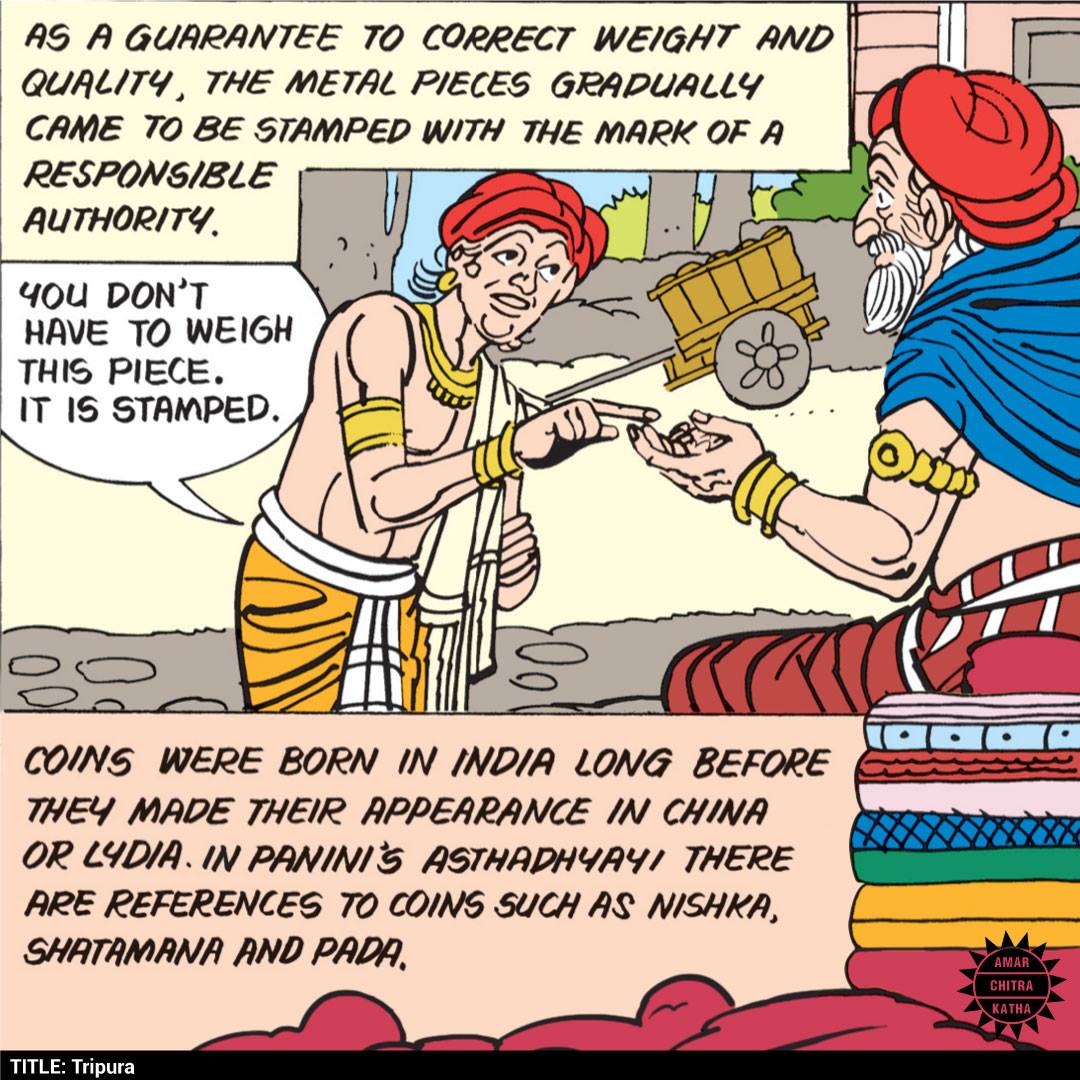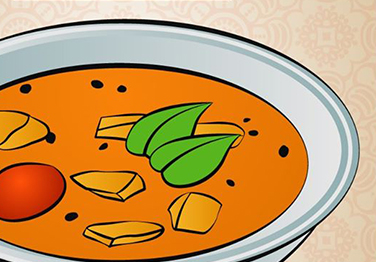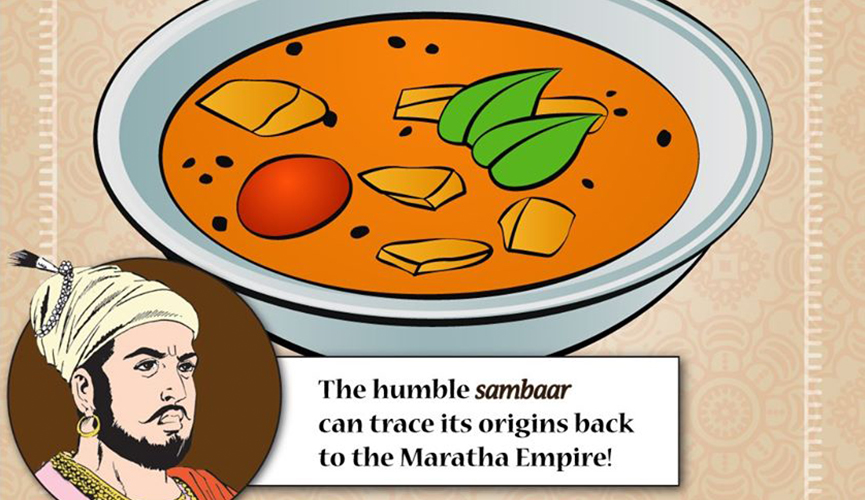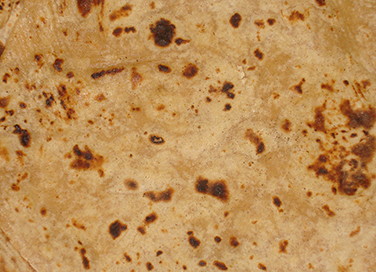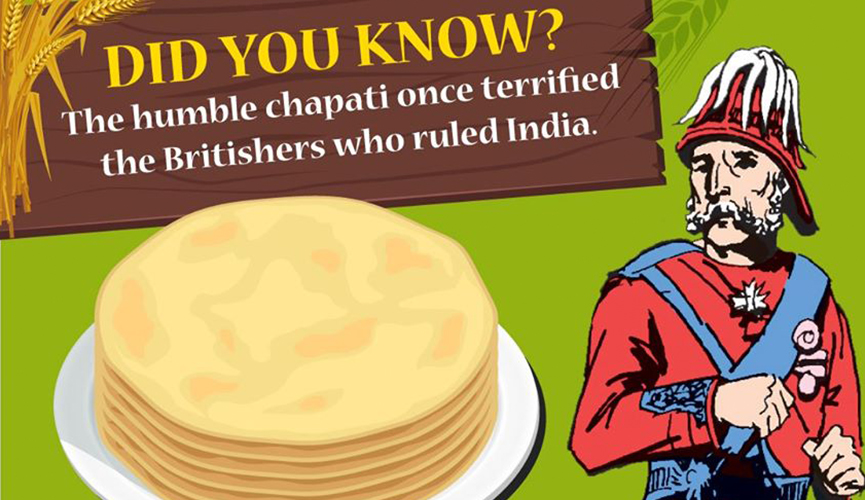For young kids, museums are always seen as boring and grown-up and less fun. But here is a museum that will change that perception completely. This place will transform you into a child and make you smile with glee. After all, who doesn’t like dolls? Shankar’s International Dolls Museum in New Delhi exhibits a massive collection of over 6500 costume dolls from eight-five countries.
Located on the first floor of the building of the Children’s Book Trust, Shankar’s International Dolls Museum is divided into two parts. One section displays dolls from countries of Europe, Australia, New Zealand, America, the United Kingdoms, and Commonwealth of Independent States. The other section exhibits dolls from Asian, Middle Eastern, and African countries, apart from a massive collection of Indian dolls.
THE BIRTH OF THE MUSEUM
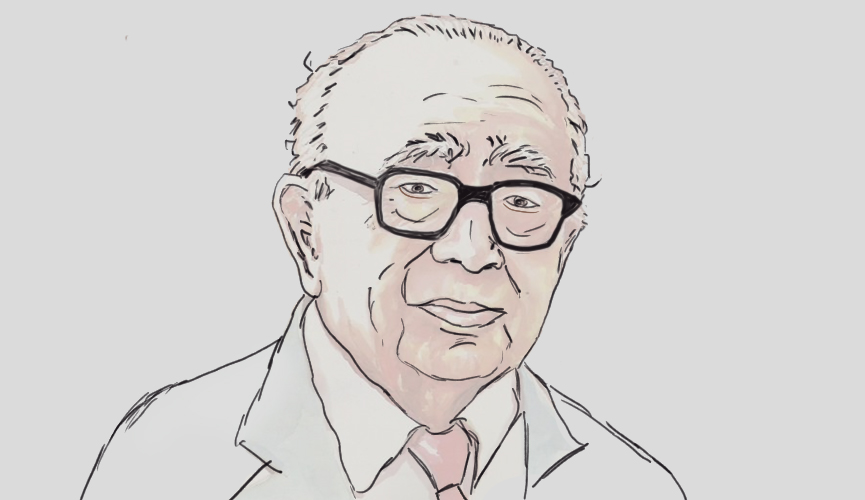
There’s a beautiful story behind this fascinating establishment. It was founded by the celebrated political cartoonist, K. Shankar Pillai, who was also the founder of Children’s Book Trust and the brains behind the now world-famous Shankar’s International Children’s Competition. In the early 1950s, he received a doll from the Hungarian Ambassador to be distributed as a prize at the Shankar’s International Children’s Competition. Shankar found the doll very adorable and didn’t have the heart to give it away as a prize. Thus, with the permission of the Ambassador, he kept the doll for himself. Shankar’s passion for dolls only kept growing deeper after this. He started collecting dolls on his frequent trips abroad.
When Shankar grew his collection to 500 dolls, he decided to display it at different places in India along with the paintings done by kids. Unfortunately, the frequent movements ended up damaging the dolls. When he raised his concern with Congress leader, Indira Gandhi, she came up with the idea of a permanent museum as a solution to this problem. That’s how a space was reserved for the museum in the Children’s Book Trust building. When the museum was inaugurated by the former Indian president, Dr S. Radhakrishnan, it housed one thousand dolls. Soon the number grew to nearly five thousand. Interestingly, many of the dolls of this collection were gifted to Pillai by dignitaries and other eminent personalities, including Jawaharlal Nehru.
THE DOLL WORKSHOP
There is a doll workshop that runs alongside the museum. For all those interested in creating Indian dolls, here’s where they can try their hand. The dolls made at the workshop are also exchanged as gifts and prizes abroad. They can also be purchased as souvenirs and collectibles. Each doll is crafted with care. Every physical detail is paid minute attention to, and special attention is given to the jewellery and costume. In 1980, the dolls created at the workshop won the First Prize–Golden Peacock Feather–at the Dolls Biennale held in Cracow, Poland.
So, the next time you plan a visit to Delhi, make sure to add this place to your itinerary.
